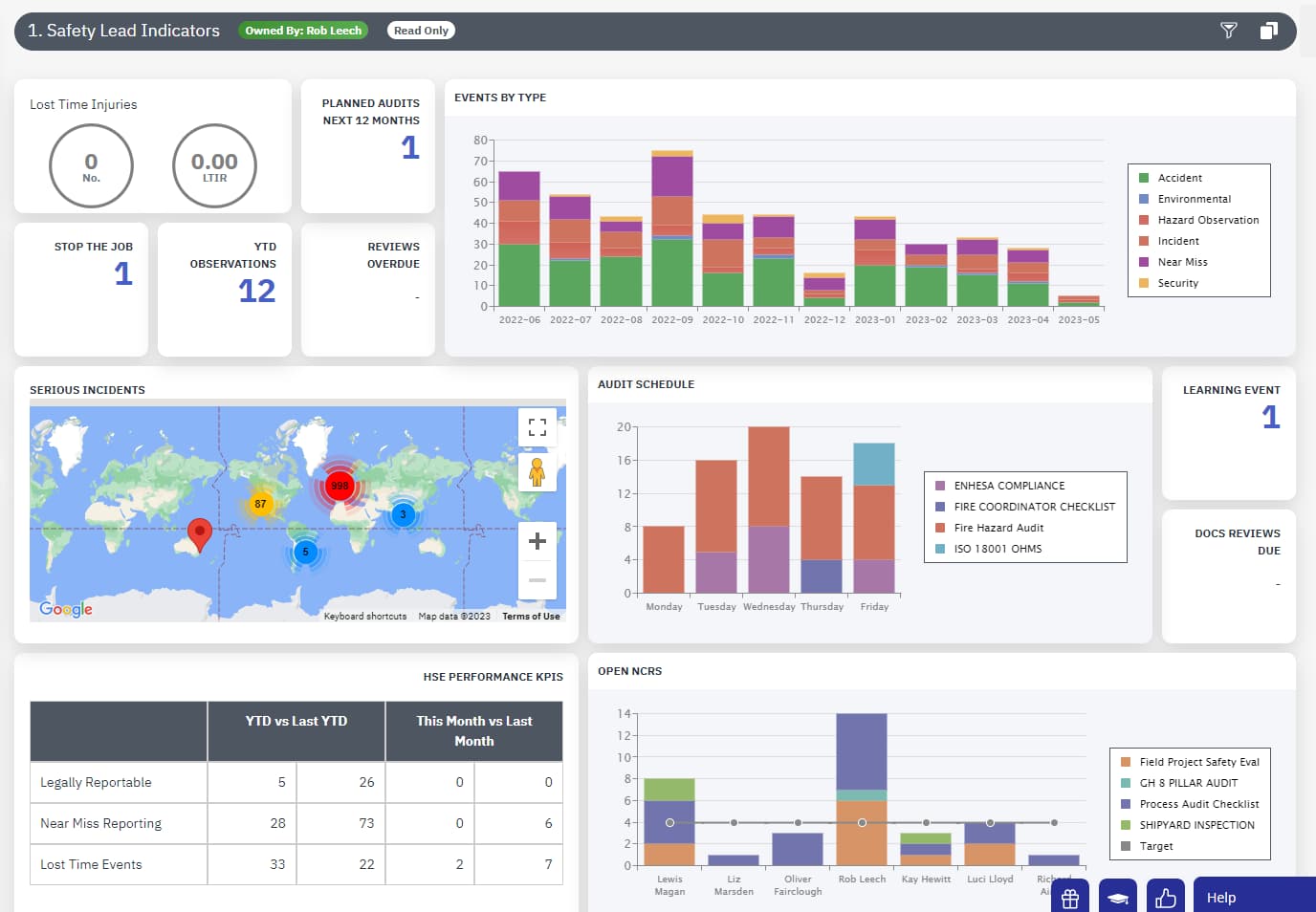
Ergonomics Meaning & Definition
What Is Ergonomics?
Ergonomics is a holistic term that primarily refers to the overall process of arranging a workplace, systems, and equipment in a way that makes it easy for people to use them. In many ways, ergonomics can be defined as the study of people who operate in a work environment.
Ergonomists are trained professionals who modify workplaces to fit according to the needs of their employees. The primary objective is to reduce the risk of injury in the workplace and to mitigate any discomfort, thus making the working environment more comfortable.
The International Ergonomics Association Executive Council gives the following description: “Ergonomics (or human factors) is the scientific discipline concerned with the understanding of the interactions among human and other elements of a system, and the profession that applies theory, principles, data and methods to design in order to optimize human well-being and overall system performance.”
From the height of a work desk to the angles of a computer monitor, ergonomics is all about designing systems in a way that they suit users. As work environments have evolved drastically over the past several decades, ergonomics now play a very important role in creating safer work environments.
Why Is Ergonomics Important?
Ergonomics is important for several reasons. The total cost of work-related illnesses or injuries, especially those caused due to bad posture or improper use of peripherals, continues to rise. For instance, research studies now increasingly list lower back pain as the most prevalent disability at work.
Other problems like carpal tunnel syndrome also develop due to improper use of computer peripherals. Ergonomics is important as it’s all about designing workspaces for people. It takes into account their weight, body size, skill, sensory performance, strength, and other factors like their vision or hearing.
Ergonomics is all about making sure that there’s a good fit between the systems that people use on a daily basis. Today, ergonomics plays a key role in the overall product development lifecycle. Companies increasingly review ergonomics studies to ensure maximum safety, comfort, and usability of their products.
For instance, ergonomists can help companies identify key characteristics that they must take into account when designing their products. Many companies now use ergonomic methods in their design process, with a major focus on user-centric design.
Types of Ergonomics
There are three major areas of ergonomists that you need to know about.
Physical Ergonomics
Physical ergonomics is perhaps the most common type of ergonomics, mainly because it relates to the physical weight and load on the human body while an individual is performing a specific activity. As a result, a careful study of physical ergonomics can help companies improve safety in the workplace.
For instance, physical ergonomics carefully evaluates key characteristics, such as:
- The sitting posture
- Handling goods
- Repetitive movements
- Overall workplace layout
If not taken seriously, employees are at an increased risk of developing musculoskeletal disorders, especially in labour-intensive roles. However, since most people spend their entire workday behind a computer screen, ergonomics is also very important for those who lead sedentary lifestyles.
Physical ergonomics can help product designers understand key points like just how high a workstation should be depending on the weight of an individual, or what the average height of a desk should be, or the distance between a person’s eyes and the computer screen.
Cognitive/Psychological Ergonomics
Cognitive ergonomics is all about designing systems and products in a way that they do not create a sensory overload or cause issues with a person’s total cognitive load. Cognitive ergonomics focuses mainly on memory, cognition, perception, emotion, and logical reasoning.
Motor response is also a key factor that companies take into account. For instance, some machines in industrial environments require employees to be very alert and supervise each and every detail. This obviously increases overall stress and increases their cognitive workload.
To put it simply, instructions on paper generally increase cognitive workload, as people have to memorize these instructions before implementing them. On the other hand, video instructions are easier to understand, as they enact the steps and make it easy for workers to emulate them.
More importantly, cognitive ergonomics also focuses on making the workplace more inclusive for people who suffer from cognitive disabilities, including those who find it difficult to complete generic tasks.

Organisational Ergonomics
Organisational ergonomics focuses more on streamlining policies, organizational systems and processes to improve safety and performance efficiency across the entire organization. Think of it as a method for achieving perfect harmony between cognitive and physical ergonomics.
A simple example of organisational ergonomics in action is the use of standardized training methods, which can help workers better understand how to improve their posture and avoid basic mistakes that could result in long-term injuries or illnesses.
Improve Worker Health & Safety with EcoOnline
EcoOnline’s Health & Safety Software allows organizations to easily maintain records and investigate incidents of illnesses or injury in the workplace. This can help you mitigate risk and create a standardised approach to managing risk in the workplace, which ultimately helps improve the safety and health of your employees.




